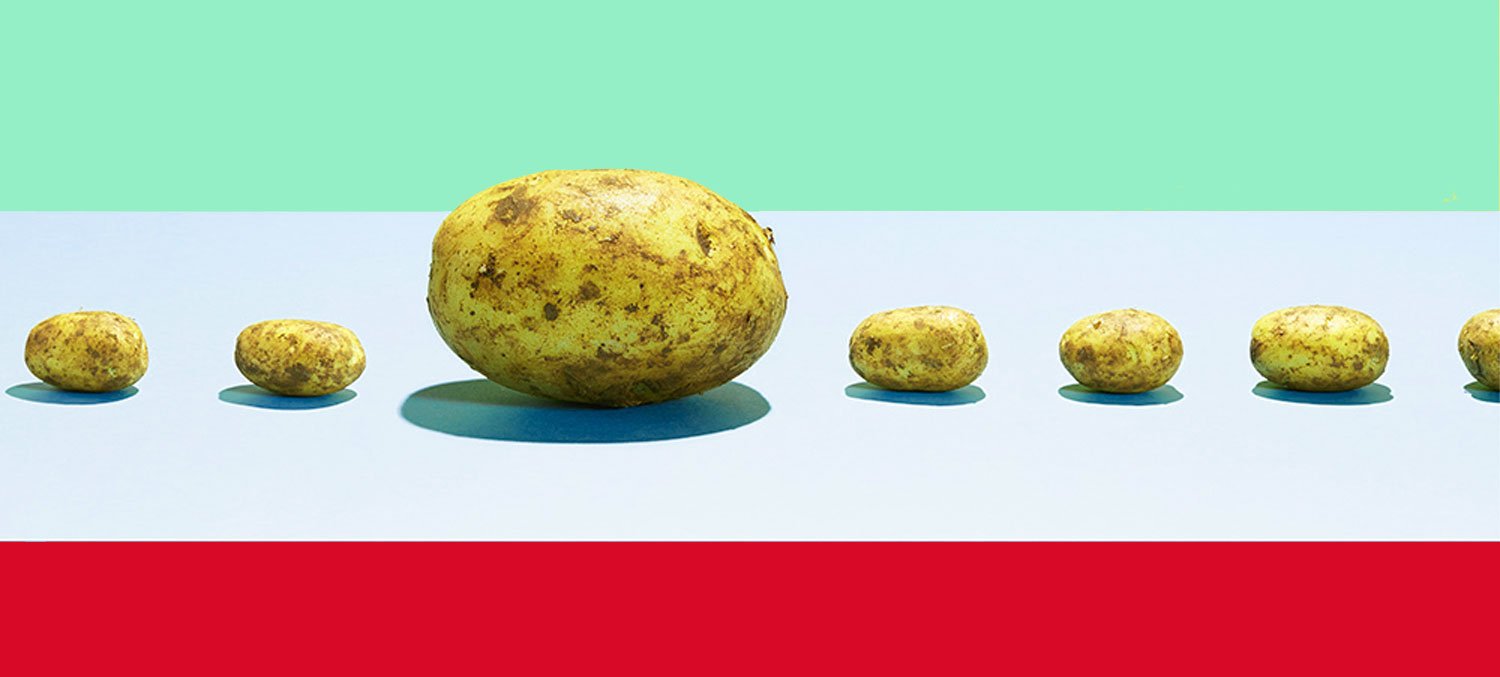GMO (genetically modified organism) foods are foods that have been genetically modified in a laboratory using genetic engineering techniques. This allows scientists to transfer specific traits or genes from one organism to another, in order to create new or improved food products.
Some of the reasons why GMO foods were initially created include:
- Increasing crop yields and resistance to pests, diseases, and environmental conditions.
- Improving the nutritional content of foods
- Reducing the use of pesticides and herbicides
- Creating new products that are more resistant to extreme weather conditions
The most common GMO crops are soybeans, corn, canola, cotton, sugar beets, alfalfa, papaya, and squash. These crops are often used in processed foods, such as breakfast cereals, snacks, and soft drinks, as well as in animal feed.
The safety of GMO foods is a topic of ongoing debate and scientific research. Some studies have suggested that GMO foods may pose health risks or environmental risks, while other studies have found no significant difference in the safety of GMO foods compared to non-GMO foods. Despite the controversy, the FDA, USDA and the EPA (the main regulatory bodies in the US that oversee the safety and labeling of GMO foods) have all determined that GMO foods are safe to eat and that they are not significantly different from non-GMO foods. Critics maintain that these agencies are “in the pocket” of big food and Ag.
So GMO foods remain a controversial topic, and opinions on their safety and benefits vary. It’s important to be aware that GMO foods may be present in processed foods and consumers should check the labels to know what’s in the food they consume.
The Pros:
Advocates of GMO foods claim:
- Increased crop yields: One of the main benefits of GMO crops is that they can increase crop yields by making plants more resistant to pests, diseases, and environmental conditions. This can help to address the challenge of feeding a growing global population.
- Improved nutritional content: Genetic engineering can also be used to improve the nutritional content of foods, such as by increasing the levels of vitamins and minerals in crops.
- Reduced use of pesticides and herbicides: Some GMO crops are designed to be resistant to pests and weeds, which can reduce the need for pesticides and herbicides. This can lead to lower costs for farmers and fewer chemical residues in food products.
- Increased tolerance to extreme weather conditions: Some GMO crops have been developed to have increased tolerance to extreme weather conditions such as drought, heat, or cold. This can help to increase food security in areas that are prone to these conditions.
- Reduced food waste: GMOs can also reduce food waste by making fruits and vegetables more resilient and longer-lasting.
It’s worth noting that the safety and long-term effects of GMO foods are still under debate and research. However, the FDA, USDA, and the EPA have concluded that GMO foods are safe to eat, and that they are not significantly different from non-GMO foods in terms of safety.
The Cons:
There are plenty of critics of GMO foods – they claim:
- That the widespread planting of GMO crops could have unintended environmental consequences, such as the development of superweeds and the contamination of non-GMO crops.
- Impact on non-target organisms: Some studies suggest that the use of pesticides and herbicides on GMO crops could have negative effects on non-target organisms such as bees, butterflies, and birds.
- Some studies have raised concerns that eating GMO foods could pose health risks, such as the development of food allergies, or the creation of antibiotic-resistant bacteria. However, the vast majority of scientific research has found that GMO foods are as safe as non-GMO foods.
- The widespread use of GMO crops could increase the economic risks for farmers, by making them more dependent on a small number of large agribusinesses.
- There are also ethical concerns about the use of genetic engineering in food production, such as the impact on traditional farming practices and the loss of crop diversity.
- There is a lack of clear labeling and transparency regarding GMO foods, which can make it difficult for consumers to make informed choices about the food they eat.
Some Resources:
- The FDA’s Agricultural Biotechnology page
- Pew Research explores public opinion of GMO foods
- How GMOs Are Regulated in the United States

